When you need to add oil to your engine, what happens if you accidentally add oil with a different weight? If you are wondering if you can safely mix 5W20 oil with 5W30, we can help you. We researched the effects of mixing motor oil from multiple professional sources so that you'll know for sure if there are any consequences.
While there will not be any catastrophic damage, it is not recommended to mix the 5W20 oil with 5W30. If you need to add motor oil to your vehicle between changes, you should use the same brand and weight.
Now that we know it is not recommended to mix 5W20 oil with 5W30, we'll look at why. You might also be wondering what different oil weights mean and what different oil weights are available. For the answers to these questions and more, read ahead in this post to see what our research has uncovered.
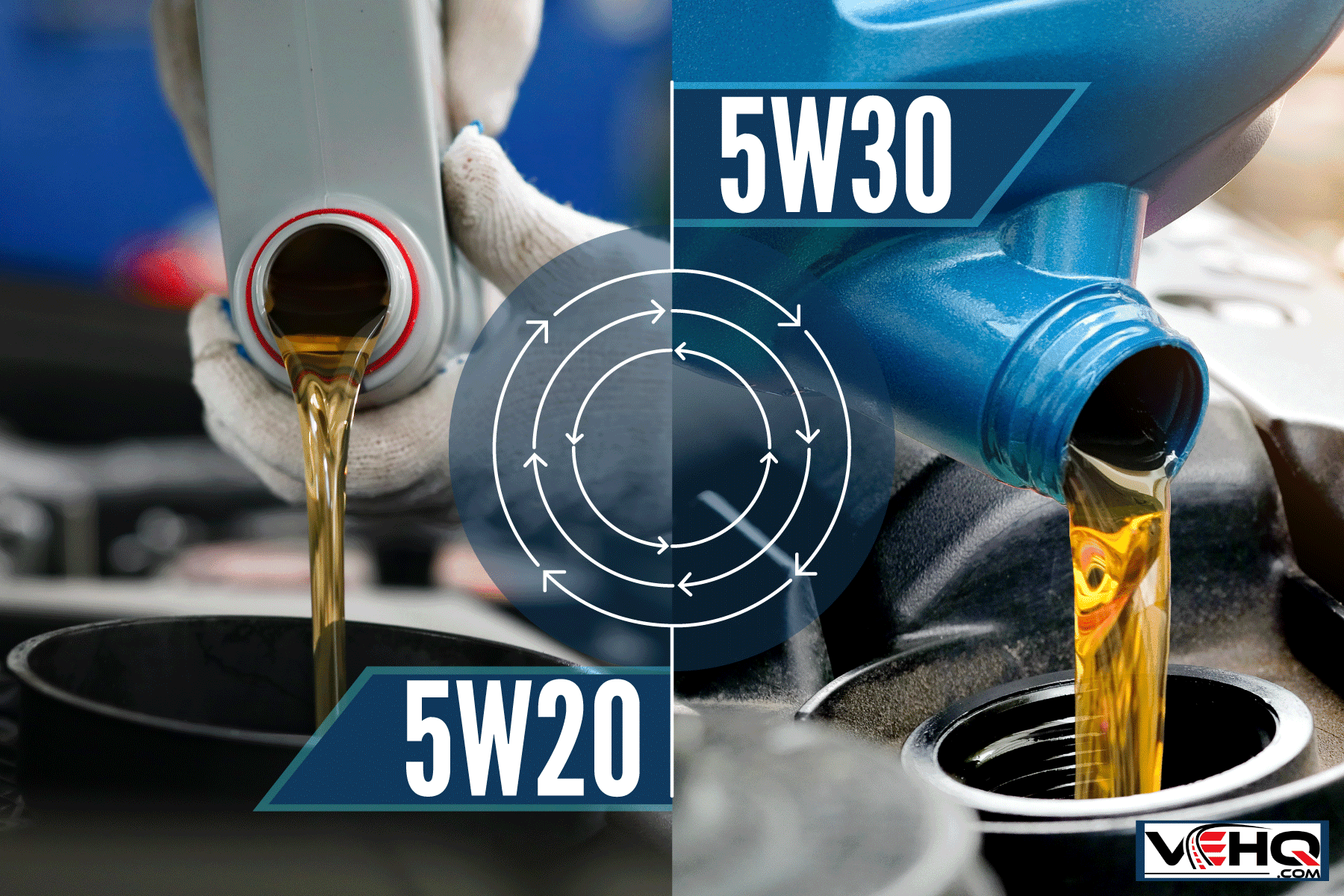
What happens when you mix these two oil weights?
There seems to be some disagreement among experts when it comes to mixing motor oils in your crankcase. Some will state that doing so will cause great damage to your engine. But the consensus is that, while no harm will be done, there usually wouldn't be any reason to do so. Unless it's an emergency, you should always stick with the same brand and the same weight as the one already in your engine.
When it comes to 5W20 oil and 5W30, the level of viscosity is very similar. Though the two won't 100% combine in your engine, they will flow nearly identical throughout your engine. Both of these weights are recommended for engines in cold weather. They will have the same viscosity during low temperatures.
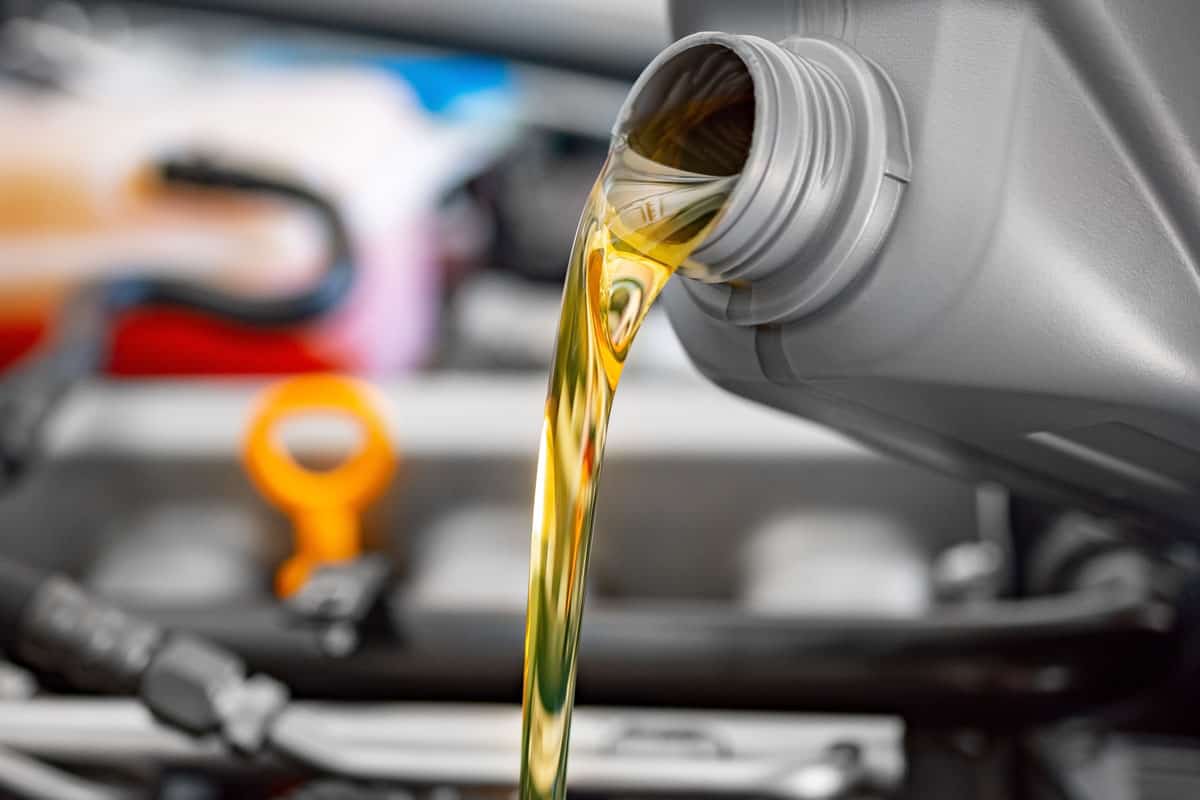
We recommend you always use the weight your owner's manual recommends for your vehicle. If you ever have to add oil between changes, continue using the same weight of the same brand. If you want to change brands or the weight, do so the next time you get the oil changed so that the oil flowing through your engine is consistent.
Even though you will not harm your engine seriously when you combine these two weights, it's always best to adhere to the recommendations of the folks who made your engine.
What do the different oil weights mean?
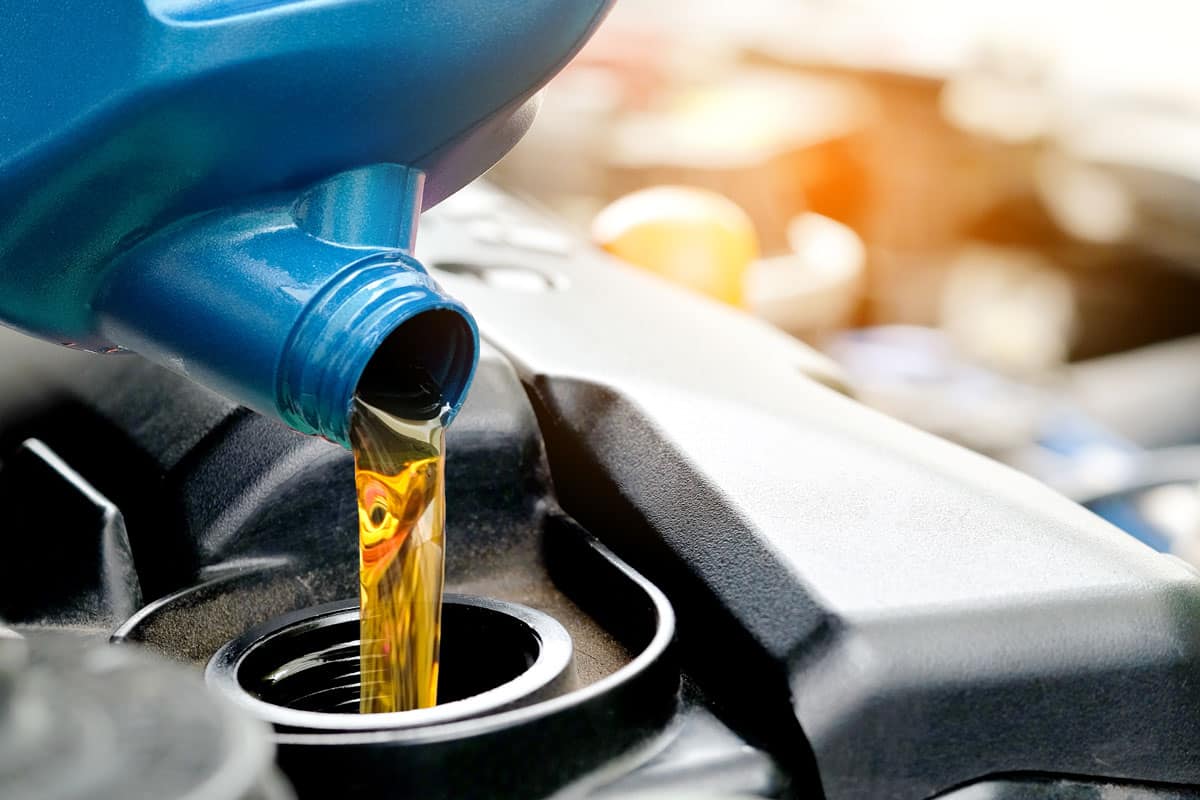
The oil in your engine has two jobs. The first is to lubricate all of the moving parts inside the engine. The second task is to help keep these parts cool. The oil you use has to work in extreme conditions at times. Whether running an engine in sub-zero temperatures or at high speeds on a desert highway, the right oil will need to be selected for the job.
The first number is viscosity during freezing
This is where the different weights will come into play. Let's look at 5W20. The first number and the letter "W" represents how well the oil will perform during the winter temperatures. The number indicates the viscosity of the oil when temperatures fall below freezing. The lower this first number, the better the cold-weather performance.
Specifically, the first digit is the viscosity at zero degrees Fahrenheit.
The second number represents viscosity in the heat
The second number, "20," is the viscosity of the oil when the temperatures are hot. It means the viscosity of the oil at 212 Fahrenheit. The higher this number, the better the performance in the heat.
Considering the above, a 0W20 weight would be better in the cold than a 5W20. But a 5W20 would not be as effective in the summer as a 5W30.
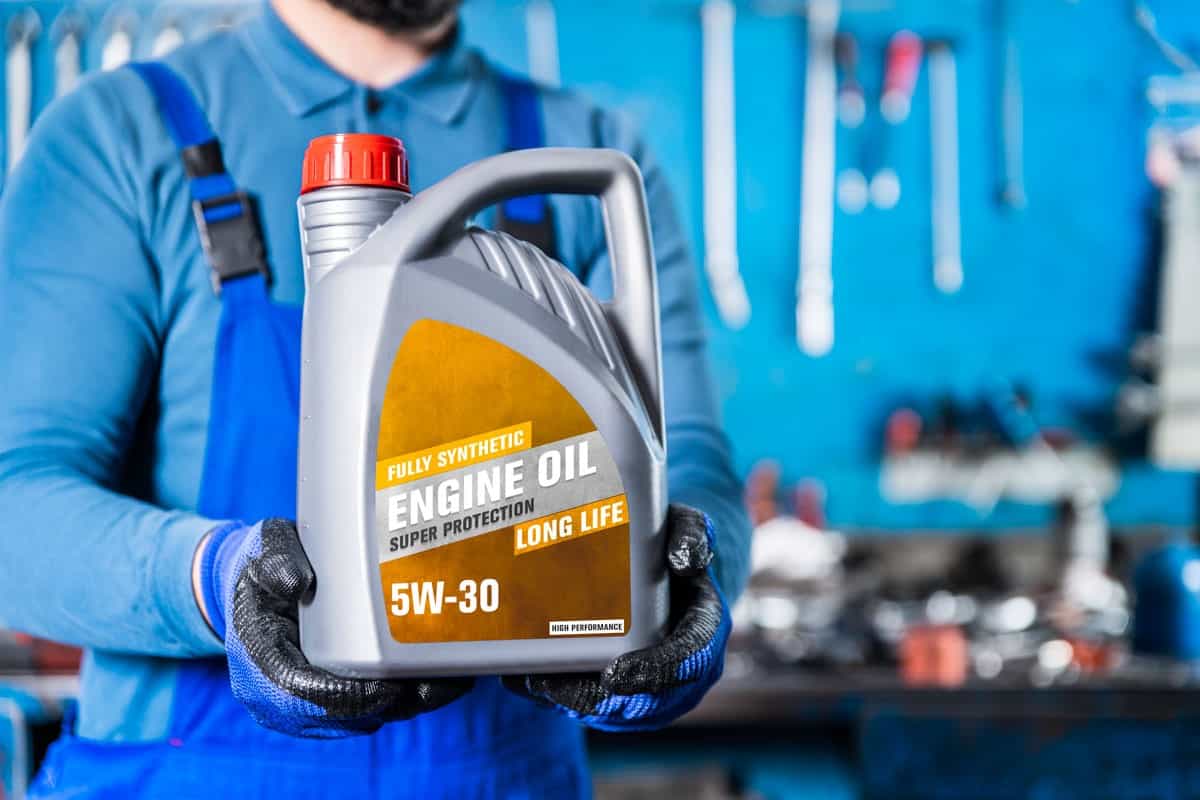
What are the different oil weights?
There are various oil weights offered, each of which carries a different viscosity rating. Some will be better for the coldest temperatures, while others will help your engine combat the hot heat of the summer.
The winter viscosity rating [the number preceding the "W"] begins at zero. It increases in increments of five, all the way to 20. So, you will see 0W, 5W, 10W, 15W, and 20W. 0 here is the thinnest, where 20 is the thickest.
The number following the "W" doesn't follow the same pattern. In order, it could be 16, 20, 30, 40, or 0. 16, in this case, is the thinnest, while 0 is the thickest.
Unless you live in an area where temperatures are one extreme or another, we suggest always using the motor oil weight that is recommended in your owner's manual.
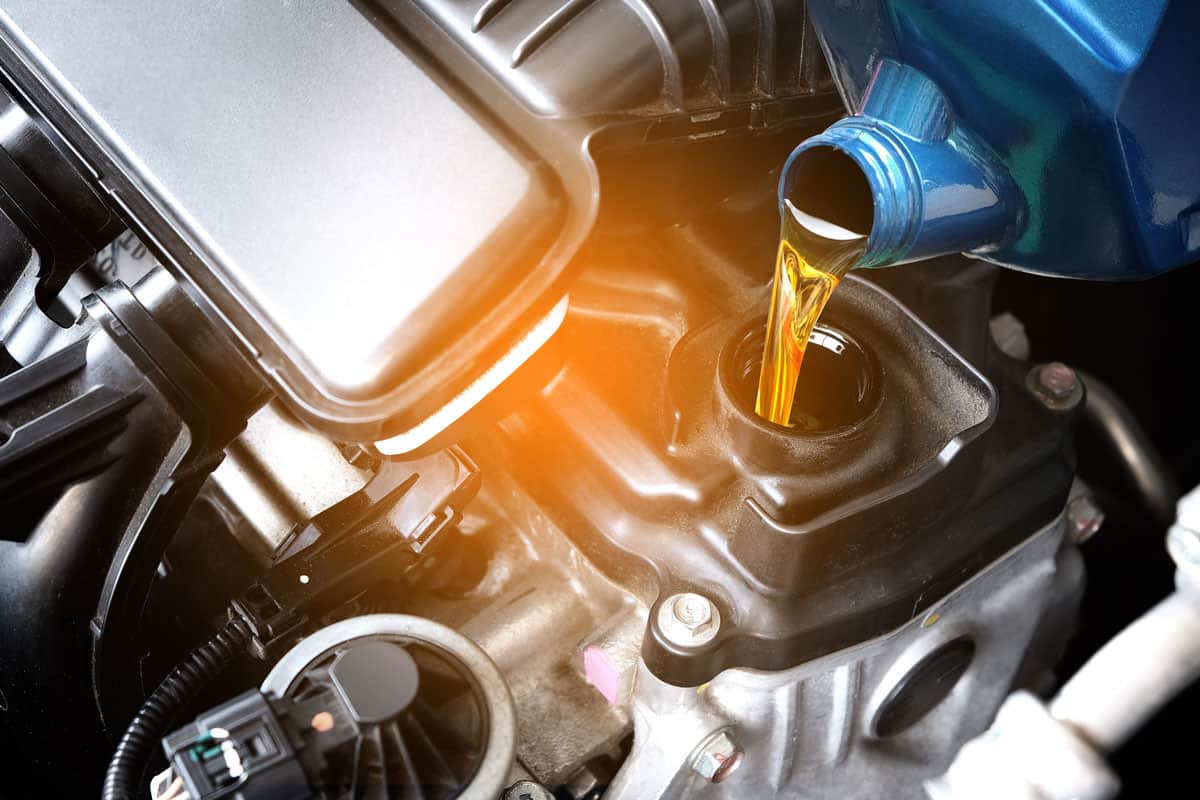
What happens if you use the wrong engine oil?
We mentioned earlier in this post that 5W20 and 5W30 engine oil can be used together in your engine in a pinch. But what if you have the wrong oil put into your engine's crankcase? Will this be just as harmless?
You should carefully look at your owner's manual to see what oil they recommend. Your particular engine is manufactured with a certain weight in mind. If you use a viscosity far from what your engine needs, you can cause severe damage to this vital part of your vehicle.
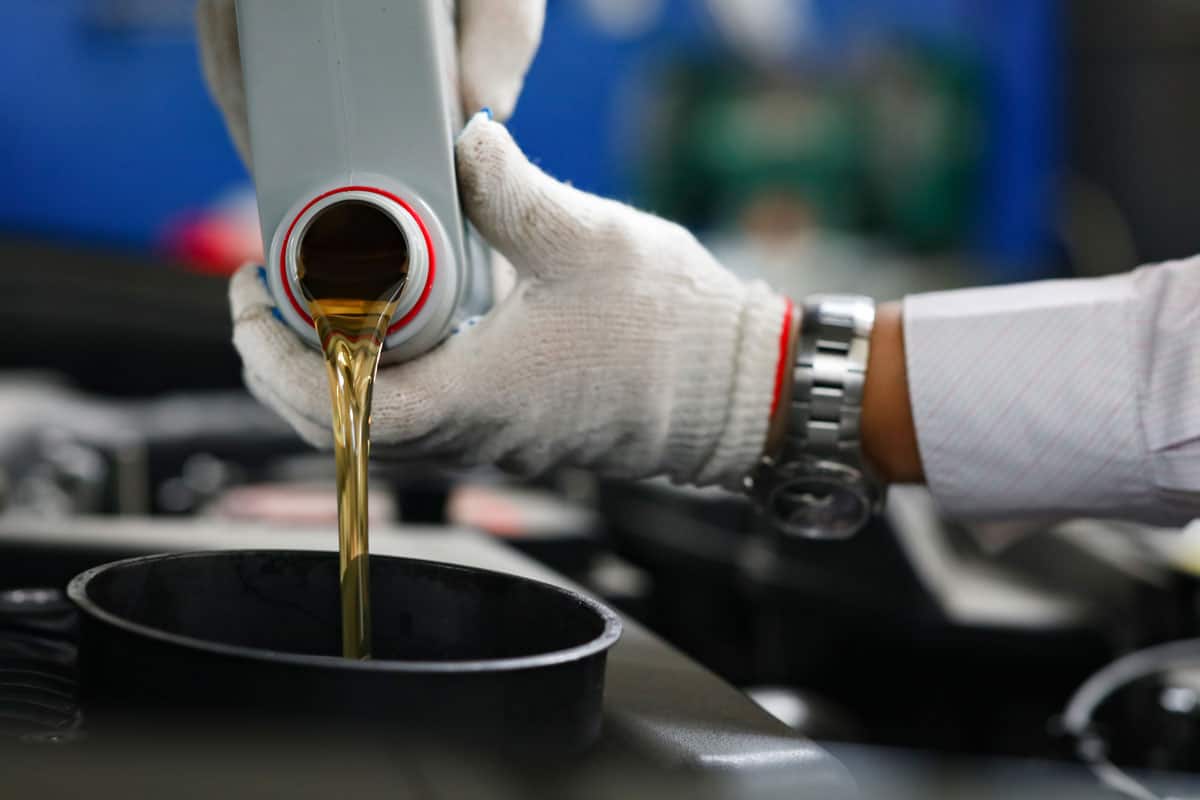
There will be some tell-tale signs that the wrong engine oil has been put into your crankcase. Among them are:
Decreased fuel economy
If you use the wrong oil, it will not be able to lubricate the moving parts of the engine properly. It will also be unable to keep the engine as cool as it needs to be. The oil's viscosity is important, and having the wrong level in your engine will keep it from functioning as it should.
This will impact the fuel economy. The harder the engine has to work, the fewer miles per gallon you can expect. But this isn't the only sign that the wrong oil is being used.
Bad sounds
If the oil cannot lubricate the engine as it should, you might have some parts grinding against one another. This can cause some pretty unpleasant noises to appear from under the hood.
The noise will be the least of your concerns, however. The grinding means that these parts will wear prematurely. This spells big trouble for your engine.
Darker exhaust fumes
The wrong oil being used will cause the oil to become dirtier much faster. This will be noticeable when you look at the color of the smoke coming from your tailpipe. Dirty oil will burn dark, resulting in thicker, black smoke.
Leaks
If you use the wrong oil, it can cause the engine to run too hot. Excessive heat can damage gaskets and seals, leading to leaks.
Leaking oil is a serious problem. If you notice any leaks, you should have your vehicle inspected as soon as possible. Small leaks can quickly turn into bigger ones, spelling more trouble.
Difficulty starting your engine
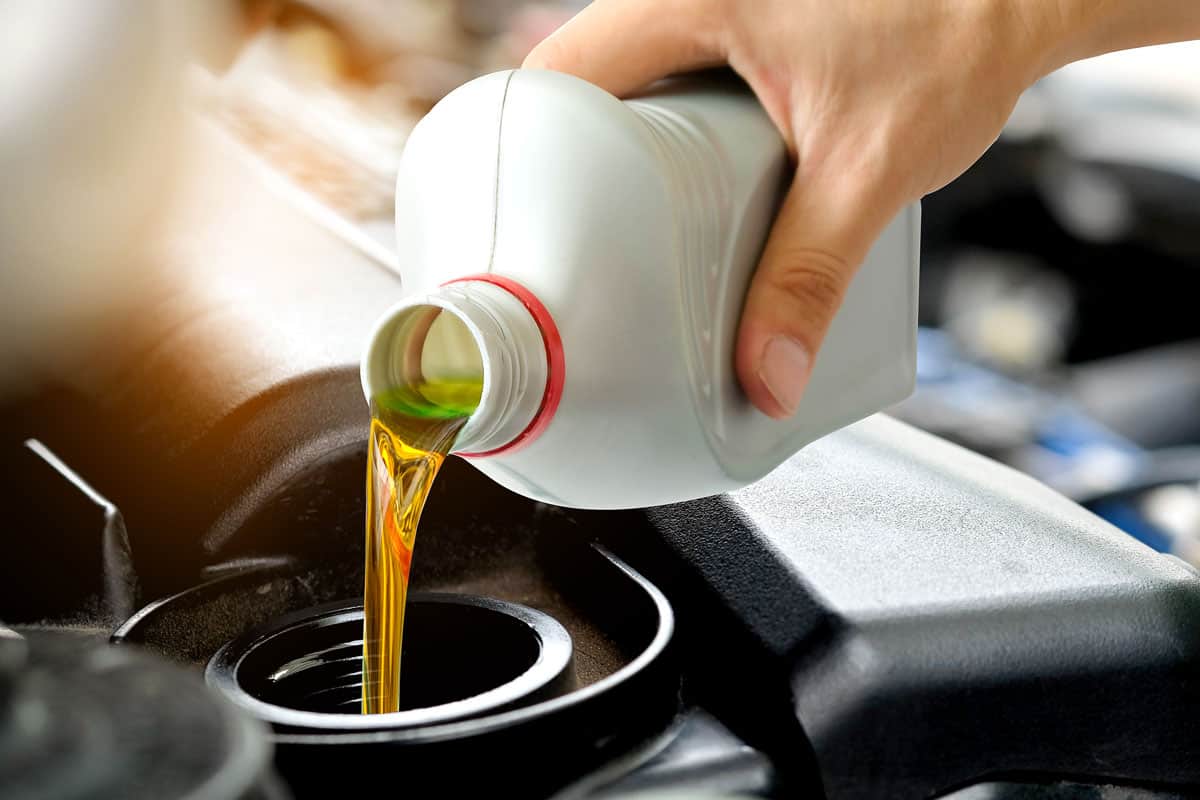
Older and more worn engines might have problems starting if they have been running off the wrong oil. This is relatively rare, but it has been known to happen. The engine has been under the strain of age, and if it's been continuously run with the wrong weight of oil, it might struggle to turn over.
A small variation in the weight of your oil will most likely not cause any of these problems. But they are important to illustrate, as they show the importance of always using the weight your owner's manual recommends.
Final thoughts
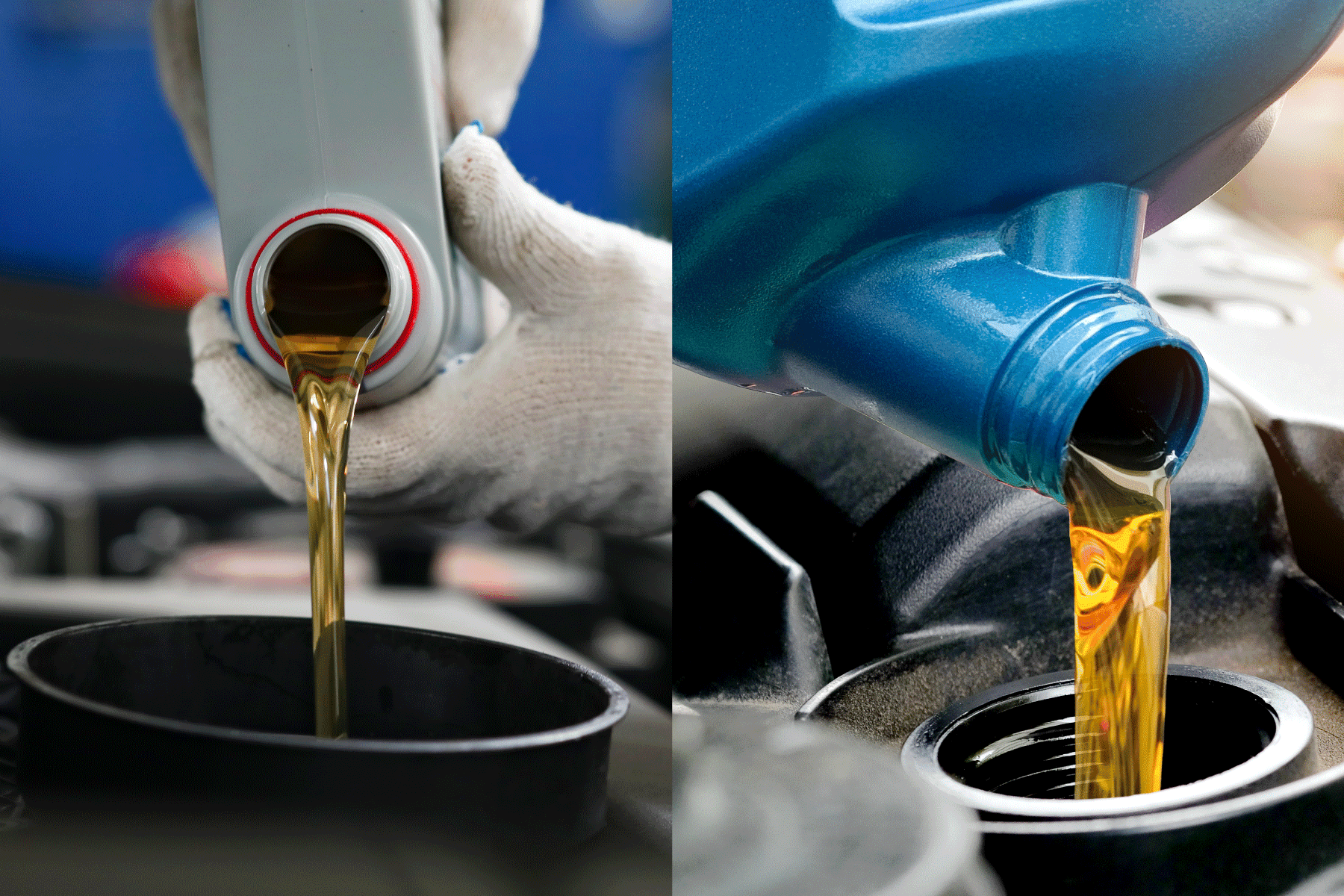
While it won't do any harm to blend 5W20 and 5W30, it's always recommended to use the weight listed in your owner's manual and not deviate from it. There are a variety of motor oil weights, each of which allows the vehicle to perform its best based on how hot or how cold the weather is. Deviate too much from the recommended weight for your engine, and you can do serious damage to your vehicle. Drive safe!
We hope this post on motor oil answered all of your questions. For more helpful information, we suggest reading the following automotive posts:
Can You Pour Engine Oil Down The Drain?
Will Adding Oil Make Car Start? [And How To Tell If Your Oil Is Low]
